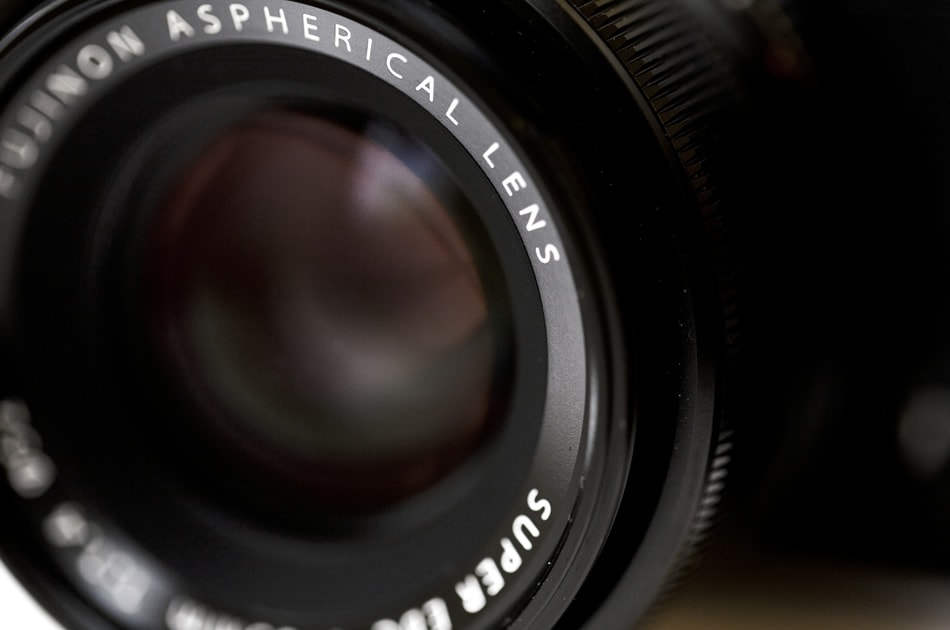Overview of Some Great Features in Lens Technology
The lens is what makes your image shine in many ways. While some photographers insist on bare bones lenses or lenses produced over 30 years ago for a specific look, you probably want something that is quick, easy and does exactly what you need it to.
This means you need to know what features to look for in a lens. While some features make taking the photo quicker and easier, others are there to make your life easier. Here’s what the best lens technology has to offer!

Photo by Giuseppe Cirasino
Autofocus
Manual focus lenses are almost exclusively reserved for photographers who really want them or for lenses that have a design that prohibits adding the necessary motors. Other than in those specific cases, nearly every lens made by a major manufacturer has autofocus capabilities. The motors on today’s lenses are fast, accurate and extremely quiet.
The latest generation of lenses are even quiet enough to use when shooting video without having to worry about adding unwanted noise to the audio track.
Special Lens Elements
Lens aberrations, such as low corner sharpness and color fringing, were not much of a problem on older film cameras and early digital cameras. However, with the high-resolution sensors on cameras like the Nikon D810 or Canon 5Ds/r, flaws in the lens design become extremely apparent.
For example, color fringing happens when light is diffracted into different wavelengths due to imperfections in the lens material. This shows especially in high-contrast areas, usually as a green or purple halo around an object.
Manufacturers use a combination of differently shaped internal lenses and special chemical coatings to eliminate these aberrations before they occur or to readjust the light before it hits the sensor. However, these coatings aren’t only there to fix issues with the light that comes into the camera. Coatings, such as fluorine coatings on the front lens element, keep dust, water and debris from sticking to your lens.
Zoom Locks
Zoom lenses can be heavy, especially long ones like a 70-200 f2.8. Depending on the age and design of the lens, a lot of the weight may be concentrated at the front element. This may cause the lens to extend when the camera is hanging by your side. Adding a zoom lock eliminates this problem and can quickly be disengaged, so you don’t have to worry about missing a moment or holding up production.
OLED Screens
So far, OLED screens are only on the Zeiss Batis line; however, it may be a feature that will catch on with future lens designs. This screen shows the depth of field and focus position in real time. It is great if you use manual focus and the zone focusing system to see a more accurate depth of field chart that changes with the aperture.
This is also good if you do videography since it lets you easily track a moving subject without the autofocus hunting for the subject.
Clickless Aperture
While this feature is aimed more toward videographers it is a useful feature for anyone with a photography camera. Instead of having hard stops for the aperture at full or half stop intervals, you have precise control over the exposure you want.
Zeiss introduced declicking your aperture with the Zeiss Loxia line, but these required a special tool and the lens had to be removed from the camera. Sony took it a step further with some of their best camera lenses and added a switch to the E-mount lenses, making it a seamless transition.
The specific features on a lens make your life as a photographer better. Fast autofocus means you always get the shot, and special coatings and designs mean your image looks its best. With the rise in video work, certain features make getting that shot easier. Even though no lens is perfect, there are some that come quite close.
